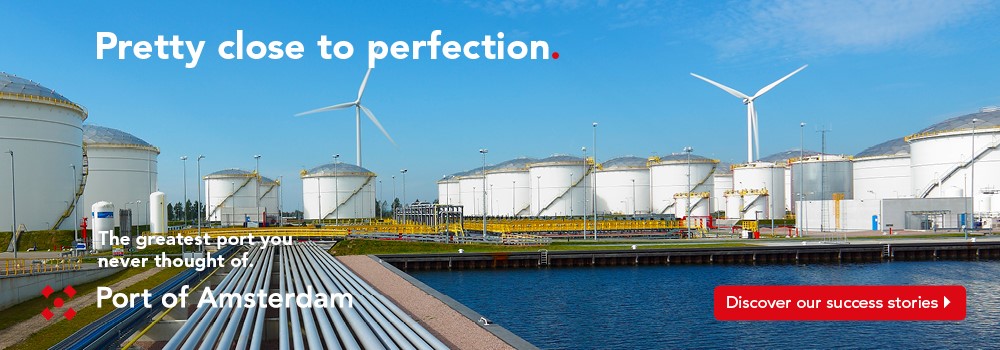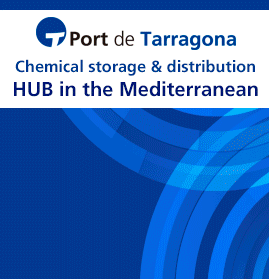Port of Gdynia & PGNiG to develop LNG bunkering barge
Poland’s state-owned gas company PGNiG and the Port of Gdynia have signed an agreement on the use of LNG bunkering and construction of a barge adapted to facilitate LNG gas fuelling, as a result of growing demand from shipowners. The project will be implemented as part of the National Center for Research and Development program – INNOSHIP.
The companies will work on the technological instructions for bunkering ships and the mobile point of bunkering with LNG fuel in the Port of Gdynia and on enabling shipowners to bunker from the sea using the ship-to-ship technology.

“We are pleased that more and more business partners in the Baltic Sea are interested in bunkering ships with LNG. The popularisation of natural gas will bring a positive ecological effect, because it is one of the purest fuels available on the market,” said Henryk Mucha, President of PGNiG Obrót Detaliczny, one of the signatories of the agreement.
“We want to build competitiveness on the international arena by developing the technology of bunkering this ecological fuel,” added Adam Meller, President of the Port of Gdynia SA.
“LNG gas, due to its physical and chemical properties, is one of the cleanest fuels, propelling both land and sea units, which makes it an alternative to currently used fuels,” explained Tymoteusz Pruchnik, President of Gas-Trading SA. “Emission of harmful substances into the atmosphere it is definitely lower, and in the case of a leak, there is no danger of water pollution. Seeing the huge potential of LNG market development in Poland, Gas-Trading SA is carrying out activities aimed at expanding its cryogenic tank fleet and providing services enabling bunkering of vessels.”
The European Commission wants to completely eliminate emissions from maritime transport by 2050. For Central and Eastern Europe, this means emission standards even more restrictive than in other parts of the world. Currently, the “sulphur directive” assumes a reduction of sulphur content in marine fuels in SECA areas (Sulphur Emission Control Areas), including in the Baltic and North Sea, up to a level not exceeding 0.1%. Outside the SECA, this level will fall from 3.50% to 0.5% over the next two years. In addition, from January 2021, the reduction of nitrogen oxides (NOx) emissions by 75% will be effective in NECA (Nitric Emission Control Area) areas – including in the Baltic Sea. These are significant changes that force shipowners to take decisive steps.
For more information, visit: www.pgnig.pl
25th June 2018














